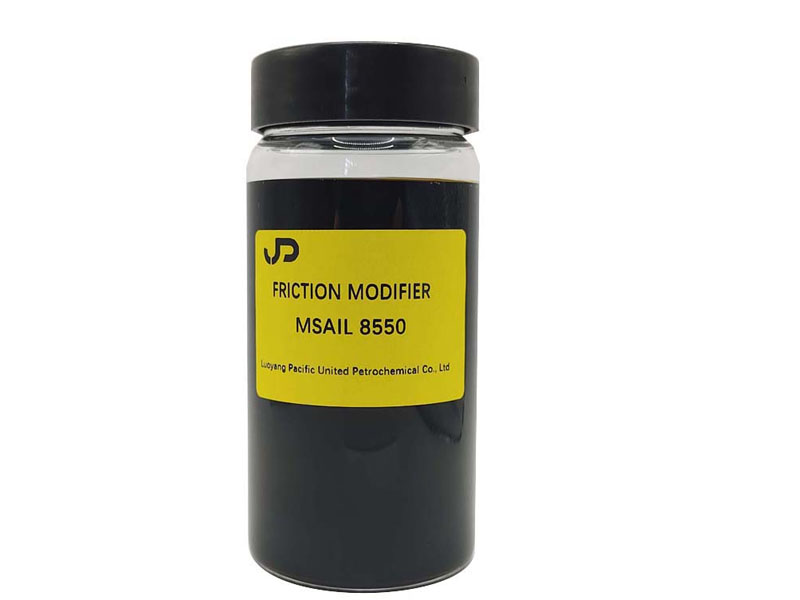
What is Organo Molybdenum Complex?
What is Organo Molybdenum Complex?
An Organo Molybdenum complex refers to a chemical compound consisting of the metal molybdenum bonded to one or more organic groups. These complexes are a category of organometallic compounds, where there is a direct bond between a metal and carbon atoms within an organic moiety. The nature of the organic ligands (the groups attached to the molybdenum) can significantly affect the properties and reactivity of these complexes.
Features of Organo Molybdenum Complexes
Coordination Geometry: Molybdenum can exhibit a variety of coordination geometries in its complexes, including tetrahedral, square planar, and octahedral, depending on the nature and number of ligands coordinating to the metal.
Oxidation States: Molybdenum in organometallic complexes can exist in multiple oxidation states, commonly ranging from -2 to +6. This variability allows for diverse reactivity and applications in different chemical reactions.
Reactivity: Organo Molybdenum complexes often serve as catalysts due to their ability to undergo redox reactions, ligand exchange, and other transformations. They can facilitate a range of chemical reactions, including oxidation, reduction, and atom transfer processes.
Stability: The stability of these complexes can vary widely, influenced by the oxidation state of molybdenum and the nature of the ligands. Some are quite robust, while others are sensitive to air, moisture, or heat.
Electron Configuration: The electron configuration of molybdenum can lead to complexes that are paramagnetic or diamagnetic, influencing their physical properties and behavior in magnetic fields.
Applications of Organo Molybdenum Complexes
Catalysis: One of the primary applications of organo molybdenum complexes is in catalysis. They are used in industrial processes such as the hydrodesulfurization of petroleum, olefin metathesis, and oxidation reactions.
Organic Synthesis: These complexes are also employed in organic synthesis, aiding in the formation of complex molecules through various organic transformations.
Materials Science: In some cases, these complexes are used in the development of new materials with unique electronic, optical, or magnetic properties.
Environmental Chemistry: Due to their ability in catalyzing redox reactions, they are explored for use in environmental applications such as the removal of pollutants.
How to Select Organo Molybdenum Complex?
Purpose of Use: The selection of an organo molybdenum complex largely depends on the intended application. For catalytic processes, the activity, selectivity, and stability of the complex under reaction conditions are critical factors.
Ligand Type: The choice of ligands in the complex can dramatically affect both the stability and reactivity. Ligands should be chosen based on the desired reactivity and the specific reaction conditions (e.g., solvent, temperature).
Oxidation State: Consider the oxidation state of molybdenum that is most effective for your application. Different oxidation states can lead to different reactivities and are suitable for different types of chemical reactions.
Solubility and Stability: Ensure the complex is soluble in the desired medium and stable under the operational conditions. Insolubility or decomposition can lead to poor performance or failure in application.
Environmental and Safety Considerations: Evaluate the toxicity and environmental impact of the complex. Some molybdenum compounds can be toxic or environmentally hazardous, requiring careful handling and disposal.
By understanding these aspects, researchers and engineers can better harness the unique properties of organo molybdenum complexes for various scientific and industrial applications.